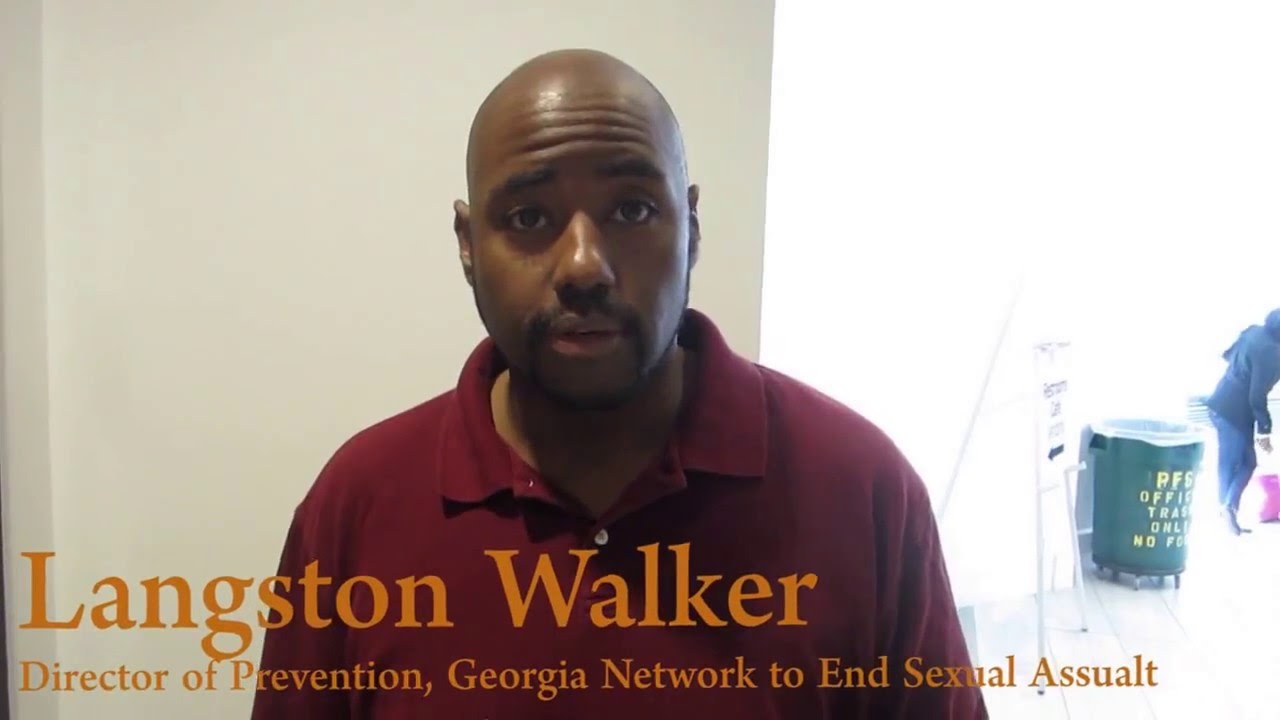“So, it’s really a sense of accomplishment, of power…” says Ulster Douglas, executive director of the organization Men Stopping Violence, when asked how domestic abusers feel about their actions.
When it comes to dating and domestic violence, our attention is usually focused on the victim. The victim is never at fault, but finding out what can help the abuser may actually be a bigger component in finding a solution. To find out how to help an abuser, we must first find out what goes into her or her decisions and behaviors.
What makes an abuser?
According to the The Christian Broadcasting Network’s article “12 Traits of an Abuser,” there are 12 main traits a domestic abuser (normally male, but can be female as well) will commonly possess. These traits include:
- Charming: Commonly, this person will start off as gentle and rather loving, showering his/her partner with affection. They eventually try to make the relationship more and more exclusive.
- Jealous: An abuser may accuse his or her partner of cheating or looking at other people in suspicious ways. It can be from anyone as minor as a store employee to a childhood friend.
- Manipulative: The person often uses his/her’s significant other’s past or weakness to get them to do things the abuser wants.
- Controlling: The abuser can be obsessed with checking where their significant other has been and what they are doing, including call or email histories.
- Victimizing: He or she will blame everything unfortunate on someone else. Nothing they do is their fault.
- Self-obsessive: The whole world revolves around him/her, and their significant other must obey their every demand.
- Inconsistent: The abuser may experience mood swings that range from extremely happy and loving to slamming his partner against the wall.
- Critical: There is just about nothing the partner can do to satisfy the abuser. He or she becomes overly judgmental.
- Disconnected: Abusers make sure their partners stays away from family or friends.
- Hypersensitive: The abuser gets enraged by even the smallest offense.
- Abusive and threatening: This may be obvious, but abusers find mental, emotional and physical ways of abusing their partners.
- Repetitive lies: They constantly say “I’m sorry” and promise “never again,” but they go back to their ways unless they get help.
Why abuse?
One may be wondering, with such a seemingly noticeable list of habits, why would someone do this — and how would they not know it’s wrong?
According to loveisrespect.org, a national nonprofit focusing on teen dating violence, lot abusers come from rather troubling backgrounds. Many times they have been raised in households where fathers would treat their wives quite viciously, or vice versa. Seeing these actions could be enough to traumatize children and make them believe violence is the way to treat others.
The abuser could also have been the one to have been abused in the past, and the destructive behavior inflicted on others in the future could be a way of responding to the built up rage, letting out aggressive emotions.
When an abuser first meets a partner, Douglas, from Men Stopping Violence, says, “We’re usually on our best behavior, and it’s not that we’re faking it, but it’s rather that we are in that romantic phase, and few of us show our capacity to be destructive or abusive when we’re in that dating, romantic phase.”
The question remains: Wouldn’t the abuser see that what they’re doing is wrong and feel bad? “The intent in using abusive behavior is to control that person, to dominate and control that person… So given that backdrop, the way they are likely to feel … is some sort of satisfaction, to get what they want,” says Douglas.
Abusers may often seem upset or sad about their actions, but according to Douglas, “the real measure of how bad a person feels about what he or she did is that they’d never do it again or take some action to be accountable.”
How to end it: No excuse
Douglas explains, “That abusive person has to own their actions because, don’t forget, that most abusers are trying to dominate their partner and won’t admit that they have a problem. It’s always, ‘Oh it’s the sun, it’s the moon, the day was too hot, I had a hard day at school,’ instead of admitting that what they did was wrong, that it was their fault, that there is no justification, no excuse.”
This way, the abuser can come to terms with their actions and get an understanding of why their partner and others around them find their behaviors to be unpleasant.
Also, Douglas says, one must “deprivatize [the abuse]. If you’ve been keeping it hidden, make it known by their friends or someone who can hold them accountable, because the more privatized it is, the more likely the problem will continue.”
Opening up to others is the best way to start to admitting the abuser has a problem, but, more importantly, will allow them to feel more comfortable about talking about their issues in general. This could allow the abuser to feel more comfortable to talk with a professional about what is going on in the relationship.
Final thoughts
My research has truly opened my eyes to the world abusers come from, as well as the victims they abuse. However, no one was born on this planet with labels. We forget that abusers are just humans who have minds, feelings and hearts. They’re usually not proud of what they did, and some carry that burden for the rest of their lives.
They may make bad decisions, but it is crucial to remember that this doesn’t make them bad people. Having a supportive group of friends, family, and professional help could go a long way to ending the true horror that an abuser’s behavior could reign upon so many in his or her life.
Mikael Trench, 17, is a senior at Wheeler High School who enjoys making short films using stop-motion animation and has recently released a short called “The Tree That Refused To Fall,” which can be found on his YouTube channel, Cyclops Studios.




